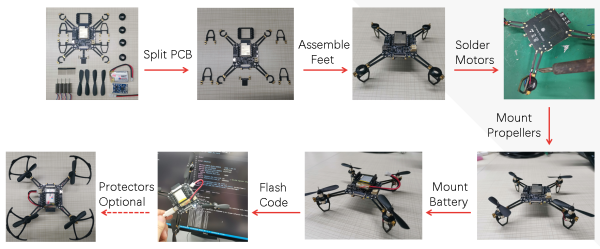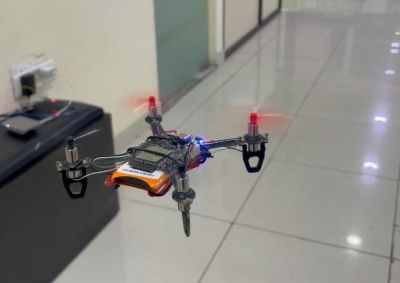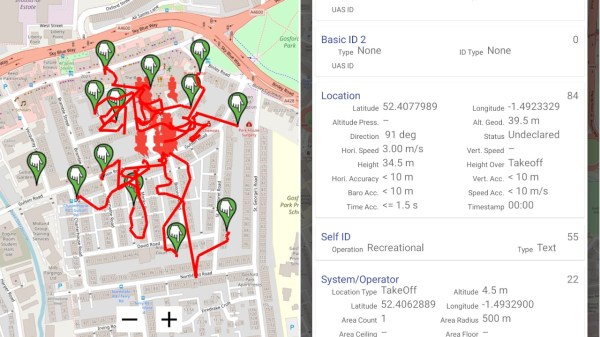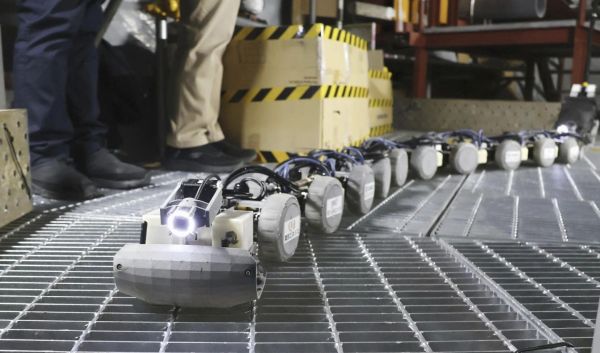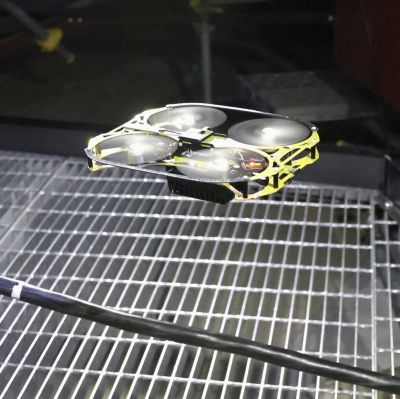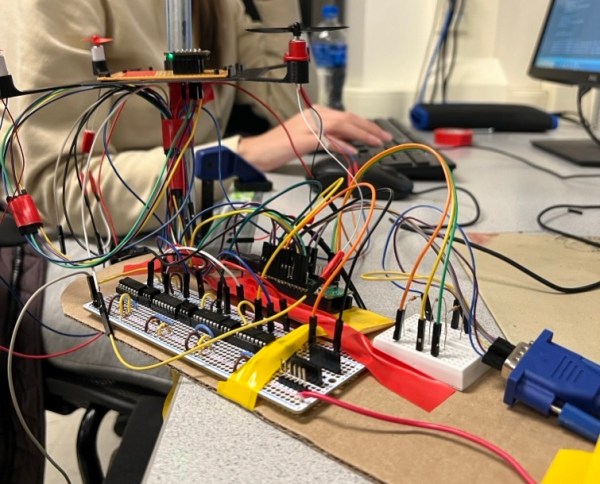These days, even hobbyist multi-rotor aircraft are capable of carrying considerable payloads. For example, the test rig that [Brian Brocken] recently put together should be able to loft more than 80 pounds (36 kilograms) without breaking a sweat. That would be a whole lot of camera gear or other equipment, but in this case, he’s planning on carrying something a bit more interesting: a full-scale foam DeLorean.
We first covered this project in December of last year, when [Brian] started using a massive robotic arm to carefully cut the body and individual parts of the car out of expanded polystyrene foam. He estimated at the time the body should weigh in at less than 30 lbs (14 kg), so he’d need to build a quadcopter with a maximum lift of roughly twice that much to keep the performance where he wanted it.
Continue reading “Full-Scale Flying DeLorean Gets Closer To Liftoff”



